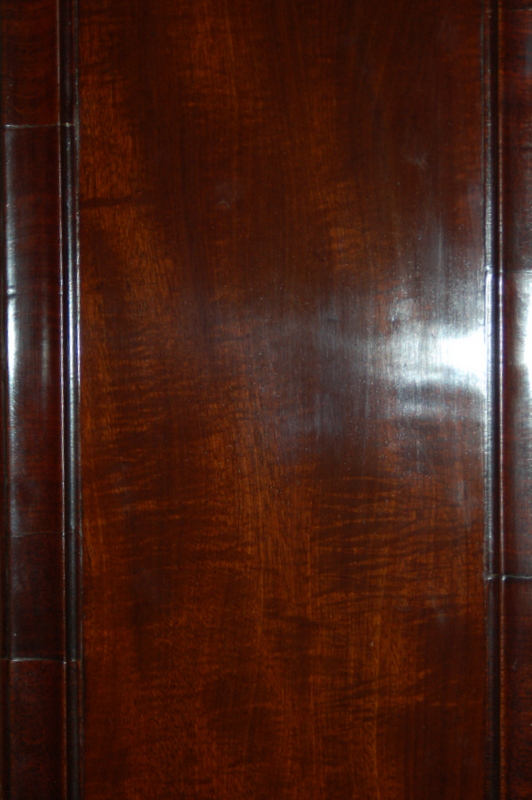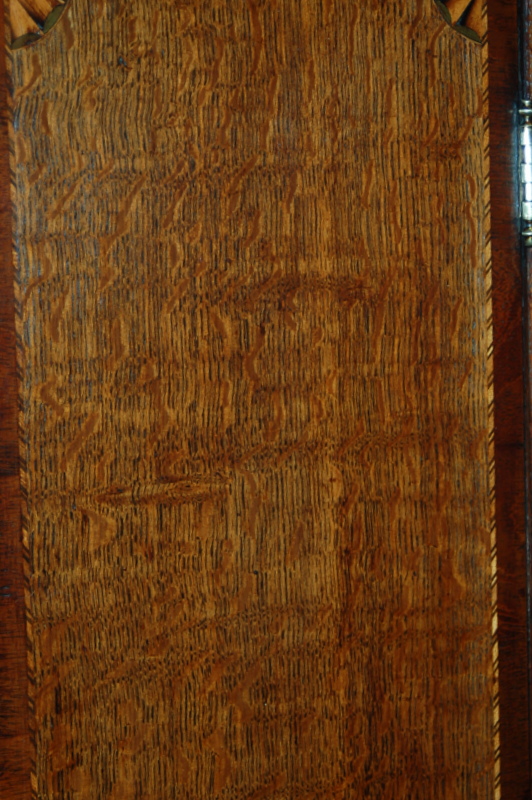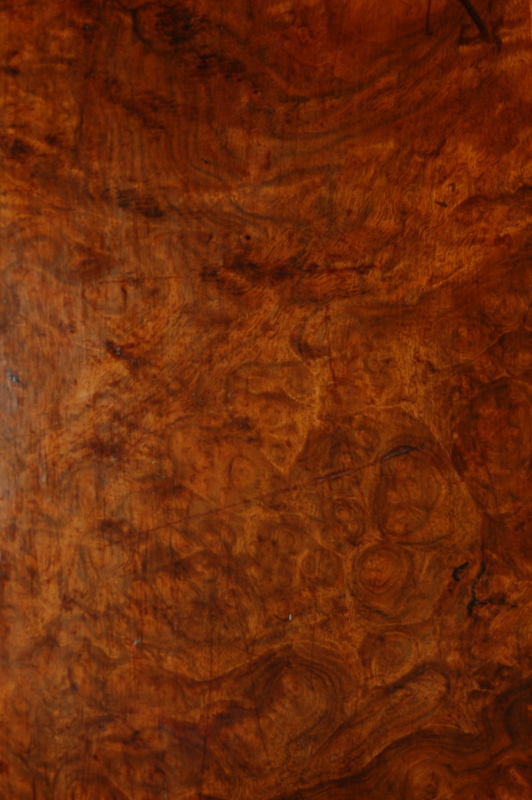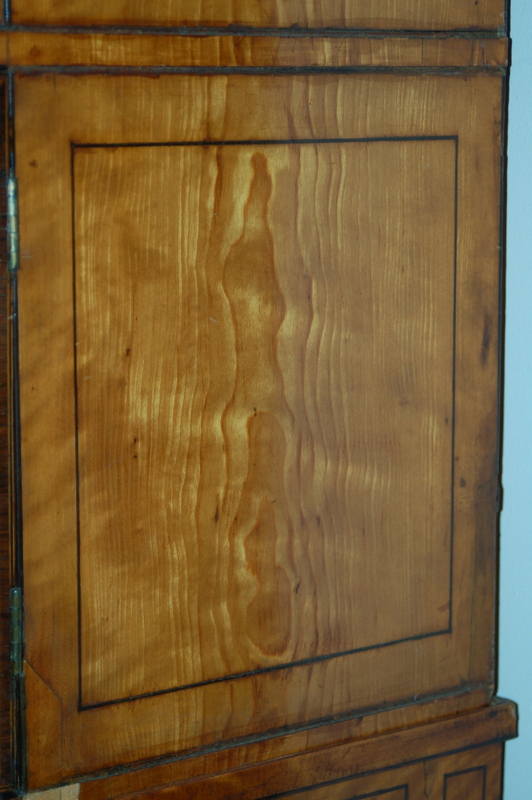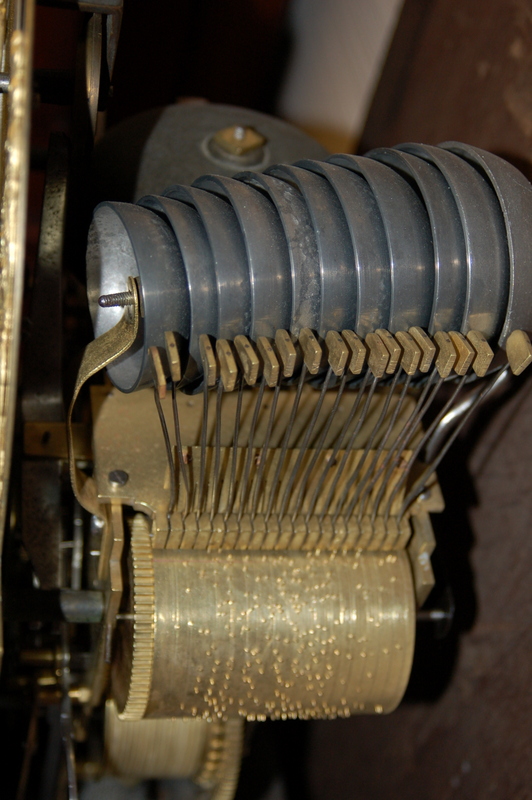I have been a passionate writer on my blog about all aspect of antique clocks over the last few years. I have tried to give the general public much needed information. They can then understand about various different horological matters. Never have I entered any political debates. This blog is to plead with the Scottish people not to give up on our longstanding Union. On 1st May 1707 our two great countries formed the Act of Union. This was passed by the Parliament of England and Scotland following negotiations agreed the previous year.
Act Union 1707
We have stood together in good times and bad. It is better together than apart I believe. Yes I am English, but I am British as well. I love Scotland and the Scottish people. Is their rivalry when England play Scotland ? Yes there is and I would not expect anything different. Maybe I am different but when Scotland are playing in any tournament to most people. I give my full support to them. I am sure the majority of other proud Englishmen do as well.
I stand with our great Union
You only need to see Andy Murray’s support at Wimbledon. He is a proud Scot, but English people still love him and cheer him on. We have rivalry on a city basis with Manchester United and Manchester City. Like Glasgow has, but we stand together for our national teams. I stand by our great union and I hope the great nation of Scotland wakes up and sends Alex Salmond and this Independence vote packing.
It is worth standing up for
To destroy something so easily that lasted centuries would be a sad reflection on modern day society. Scotlands voice, England voice in the world will be louder together. Further details of this special antique grandfather clock by John Smith.
I could not resist but end this by adding a special antique clock image that brings all this home. It is a lovely clock from a small town in Scotland called Pittenweem. Pittenweem is a small and secluded fishing village tucked away in the corner of Fife on the east coast of Scotland. Look how the clockmaker signed this clock ‘ NORTH BRITAIN ‘. I am sure he was a proud Scot, but he also, a proud Brit as well. This clock dates from around C1790
Daniel Clements
PendulumClocks@aol.com Antique Clocks Twitter



